THE PSYCHOLOGY OF COLOR
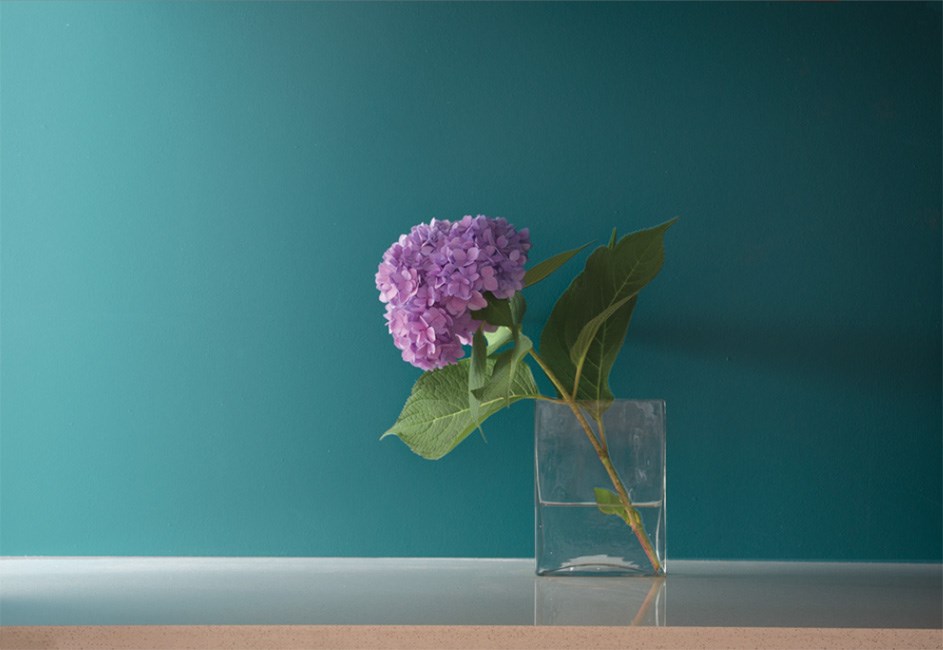
Every time you walk into a room, color impacts how you feel.
You want to love the colors that surround you. So when imagining (or reimagining) a room, remember the influence color will have on the mood of the space. The effect may be subtle or dramatic. It can encourage tranquility or boost energy, even make you feel optimistic or more introspective.
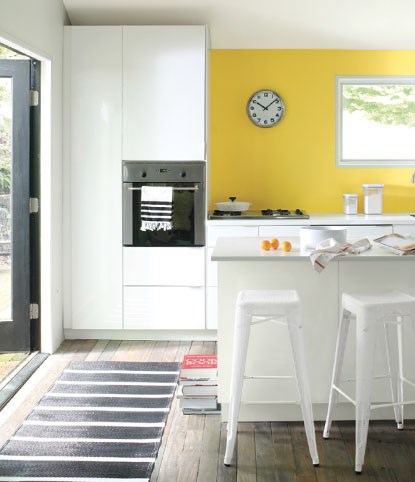
The Basics
To begin to understand color's emotional impact, start with these color groups:
Pales - Their light, airy qualities make pale hues feel uplifting.
Neutrals - It's no surprise that earthy, nuanced colors keep you grounded.
Whites - Pure and pristine, these timeless colors offer a blank canvas to express your style.
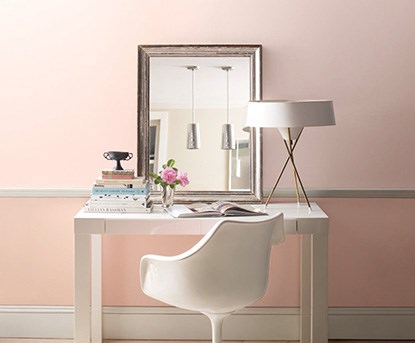
Present Tints
Pale colors like dusty lavender, ballet pink and sky blue are comfortable and easy to live with. They feel positive and encourage expression, while enhancing other colors.
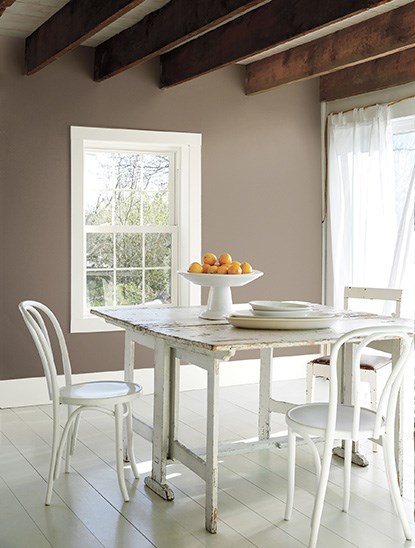
Shifting to Neutral
Neutrals go beyond gray and brown into earthy hues like slate, clay, sand and ochre. Colors in this family can be warm or cool, but are always reliable and levelheaded. And because they transition beautifully with shifting light, they're a good choice for rooms used throughout the day.
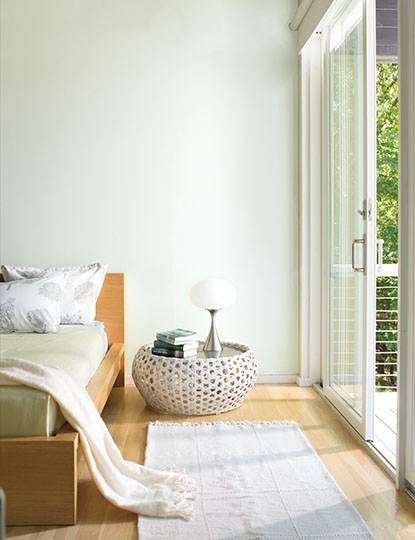
Versatile White
Whites can easily feel contemporary, classic or anywhere in between. It's an honest, harmonious family of colors and a great place to start, as they complement any style. You might call it a perfect backdrop for the life happening around it.
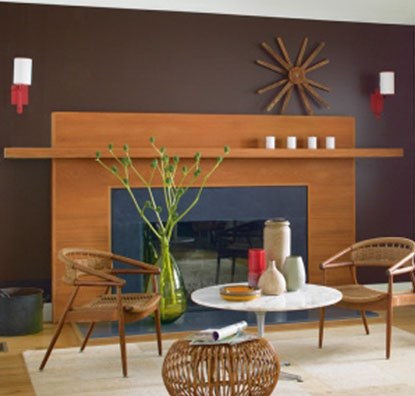
Be Dramatic
Voilet, onyx, sapphire and ruby—even the names evoke something dramatic. Deep colors dissolve boundaries and create depth. They are the opposite of understatement and can fill a room with energy, creativity and confidence.